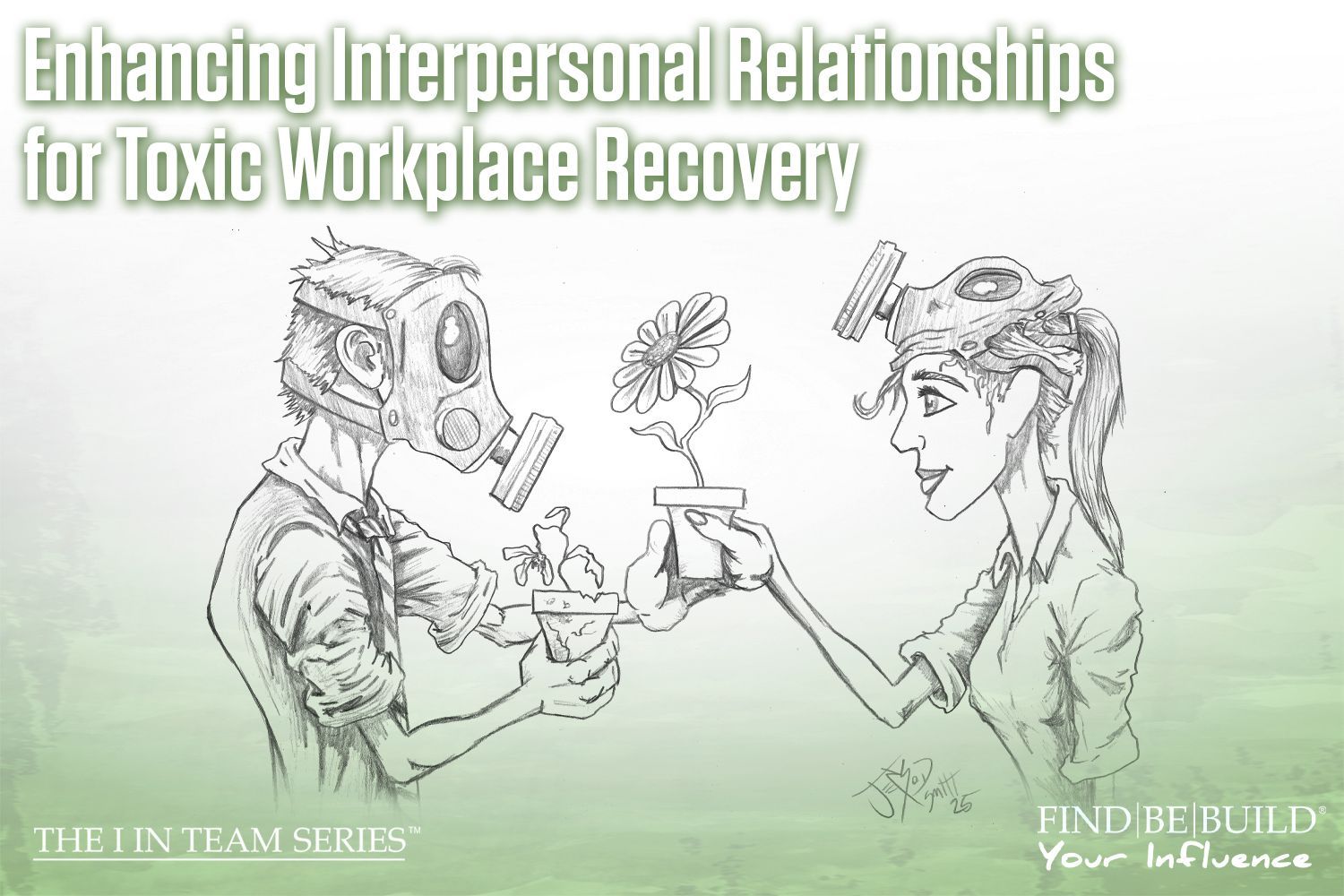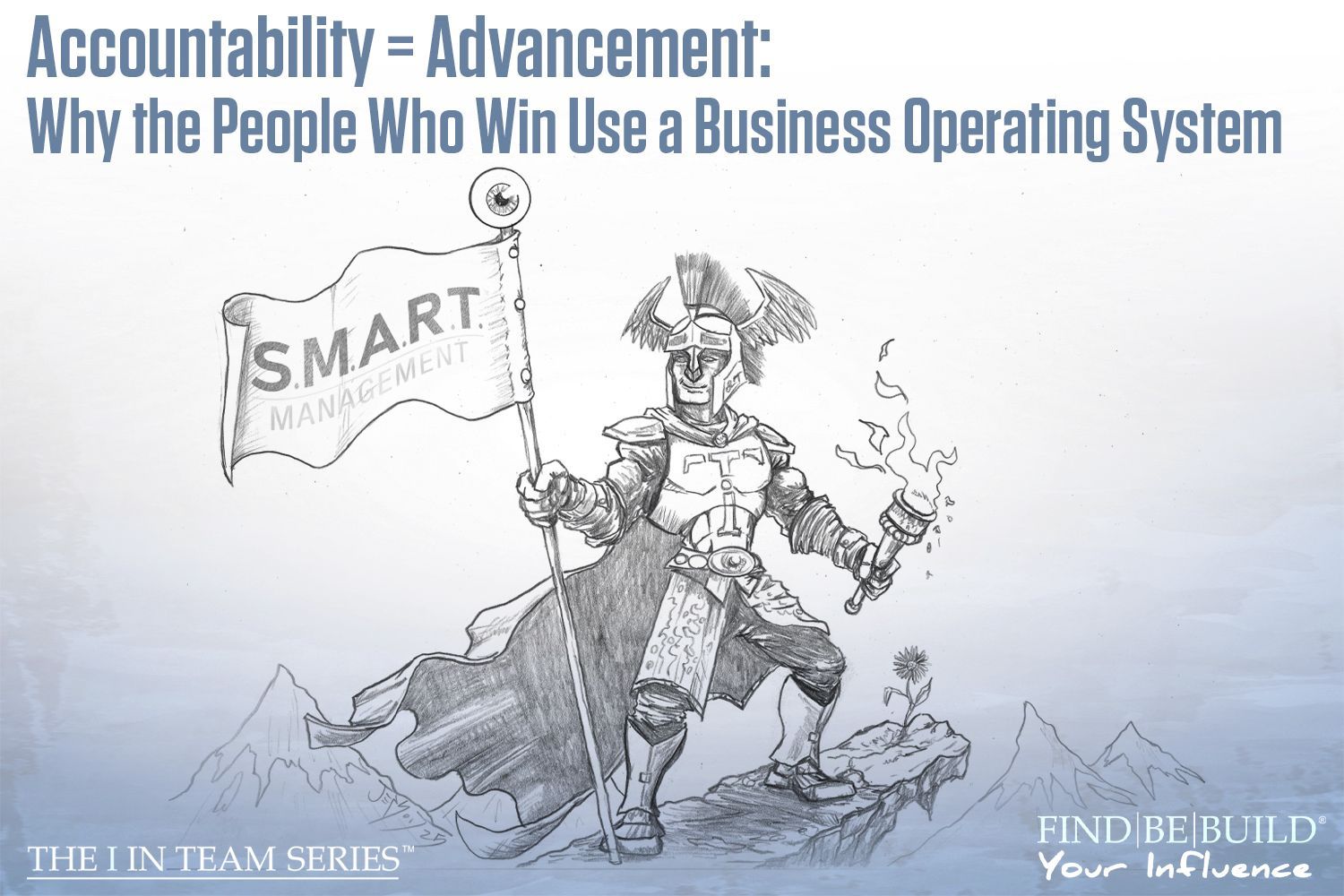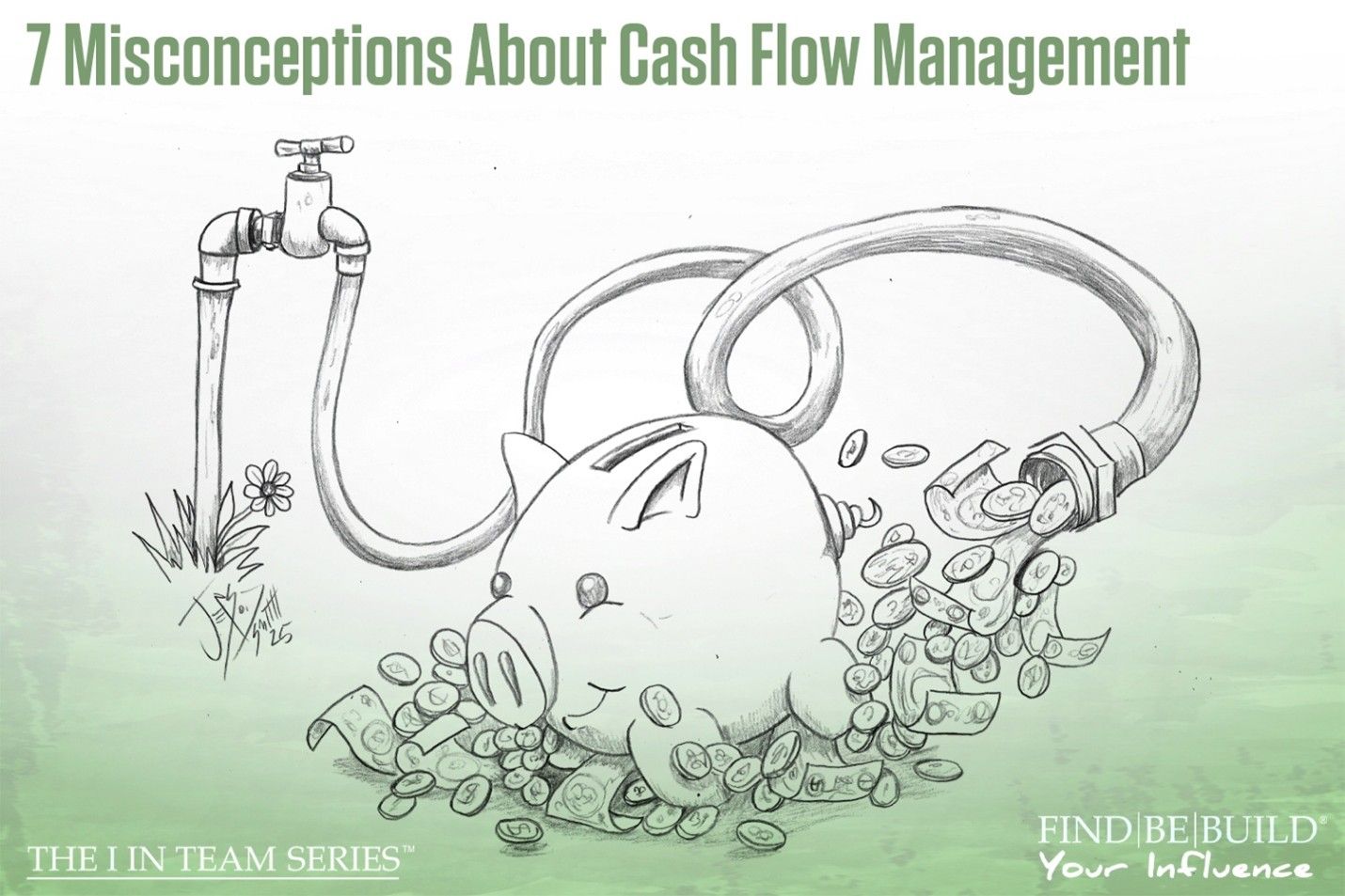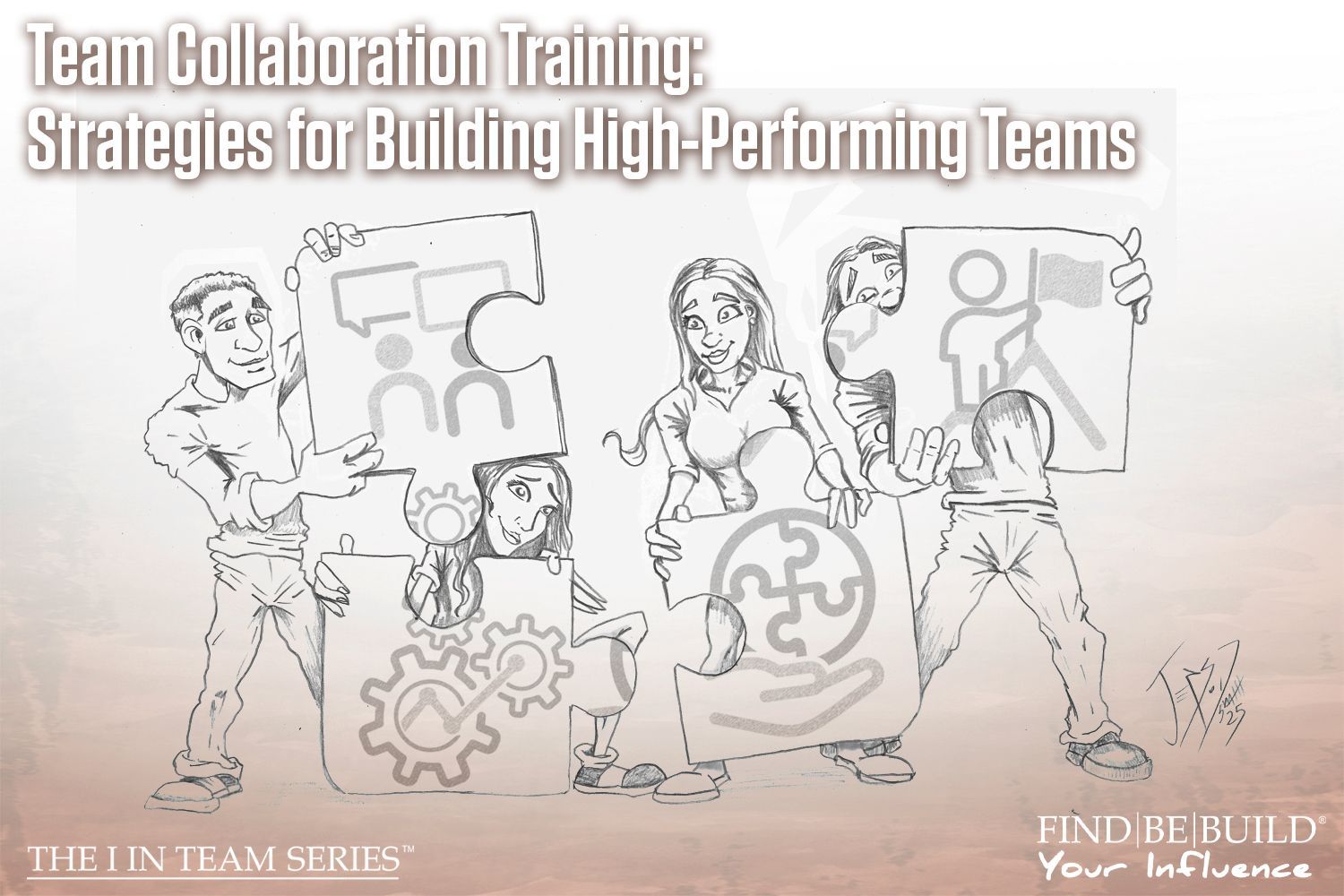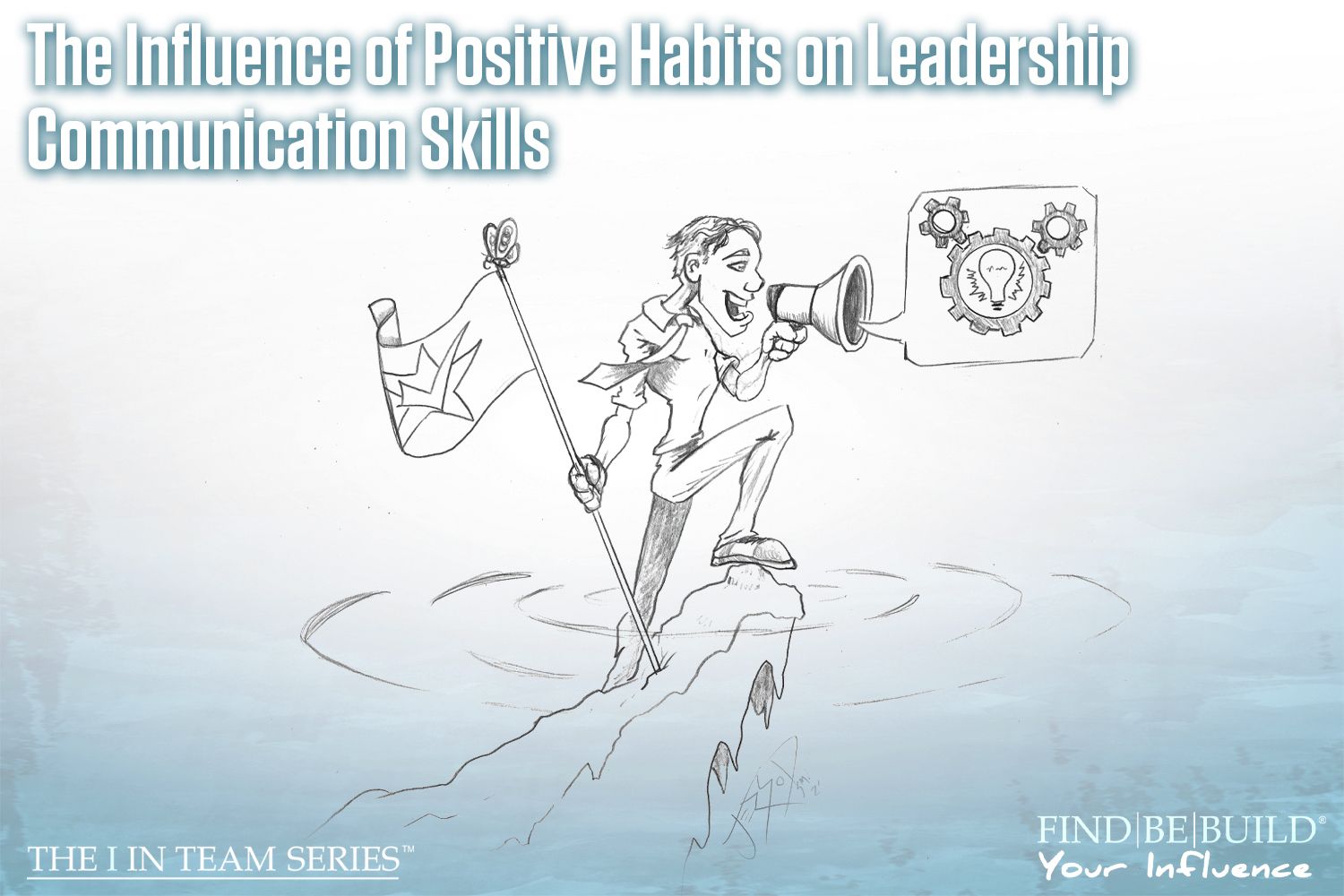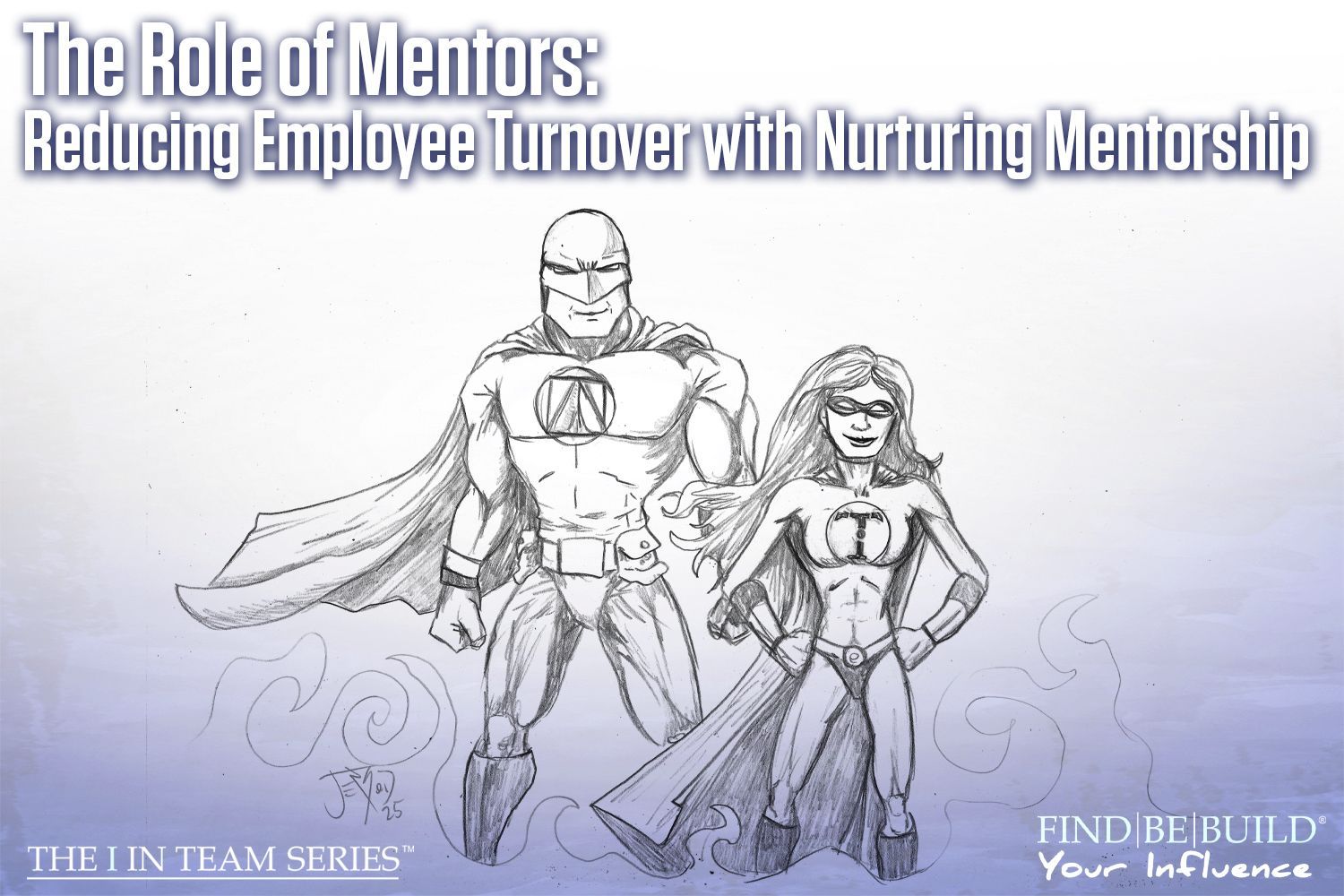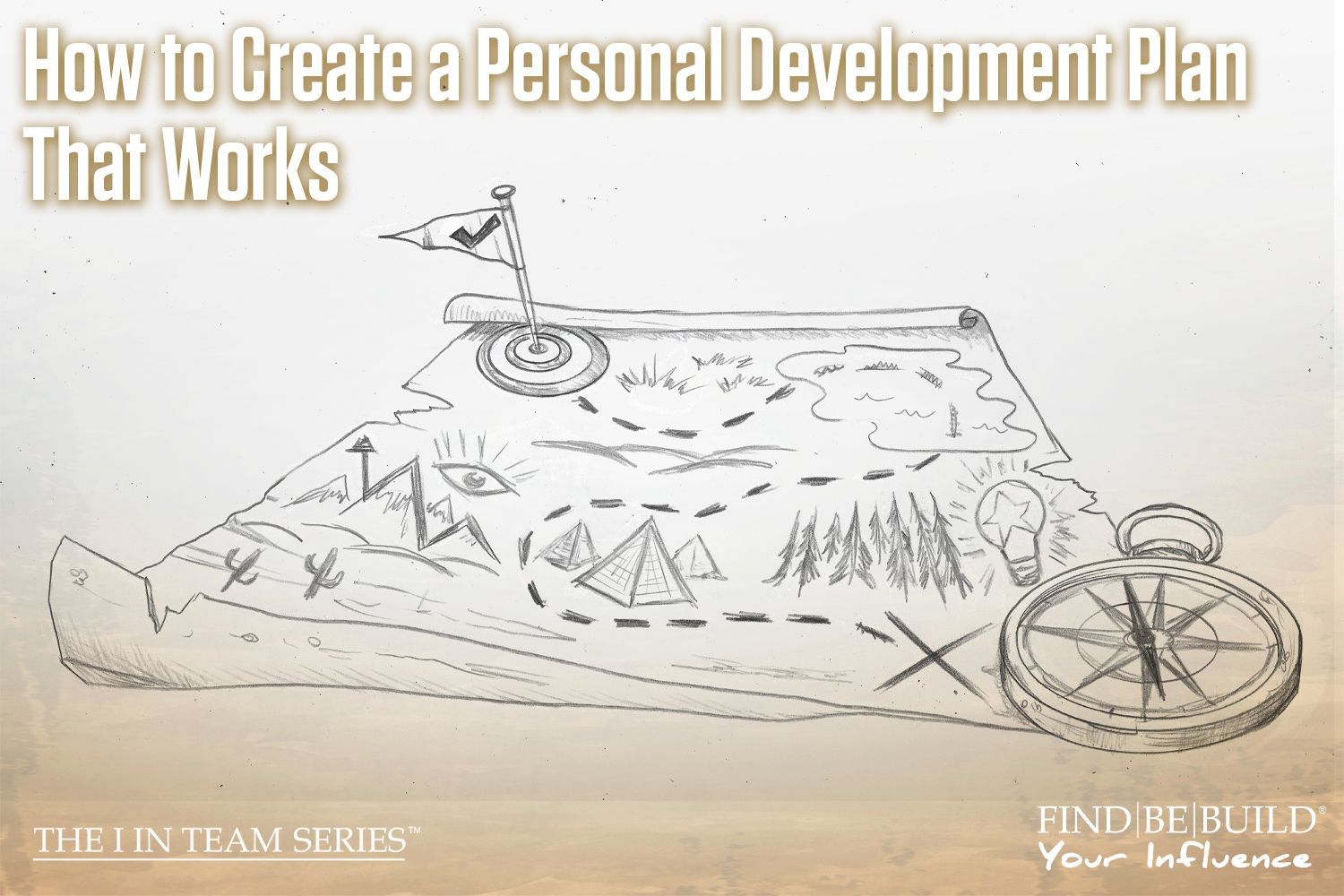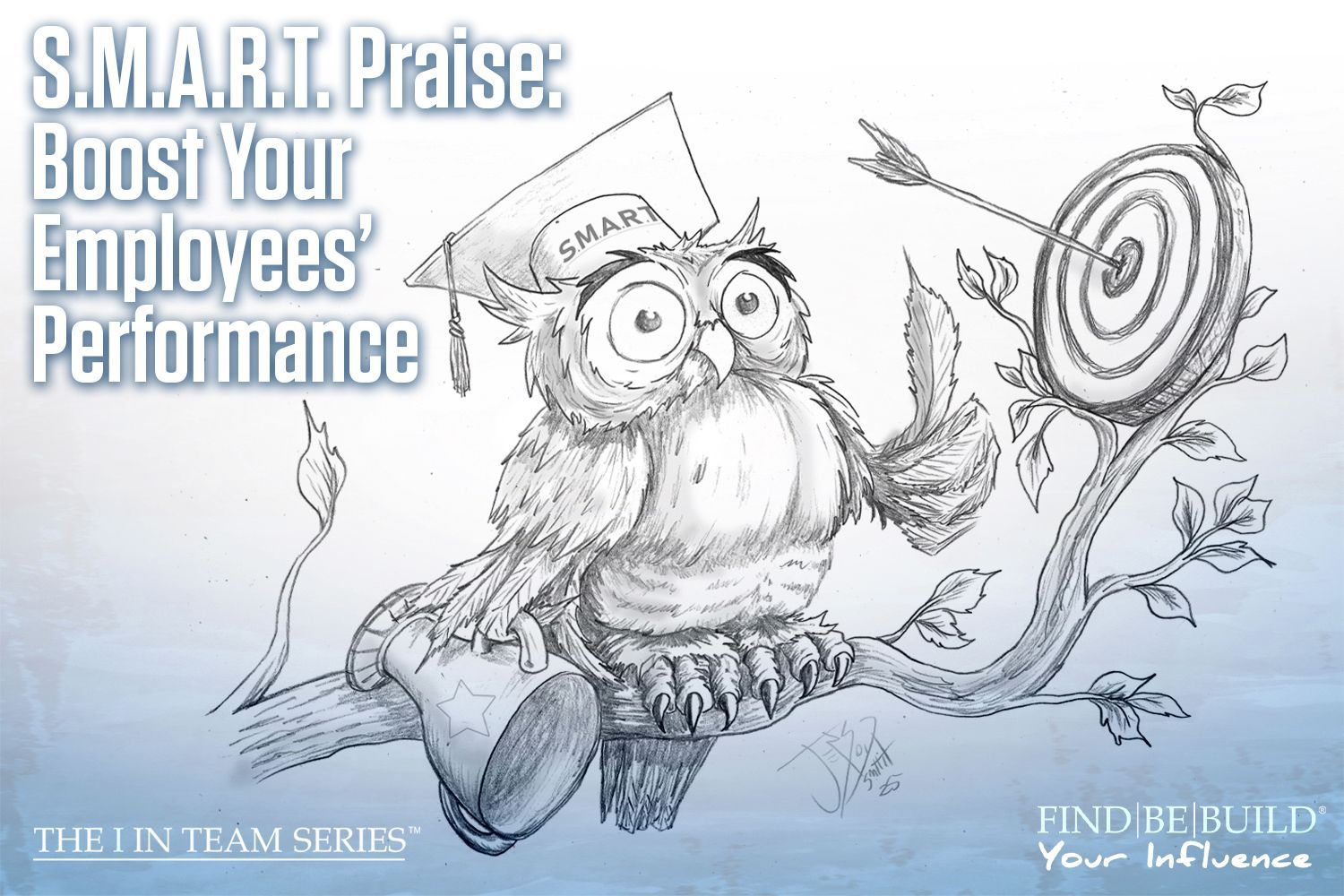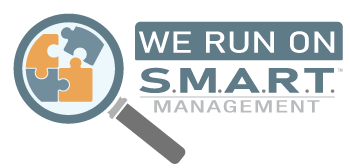Cultivating a Growth Mindset: Embracing Challenges and Learning Opportunities
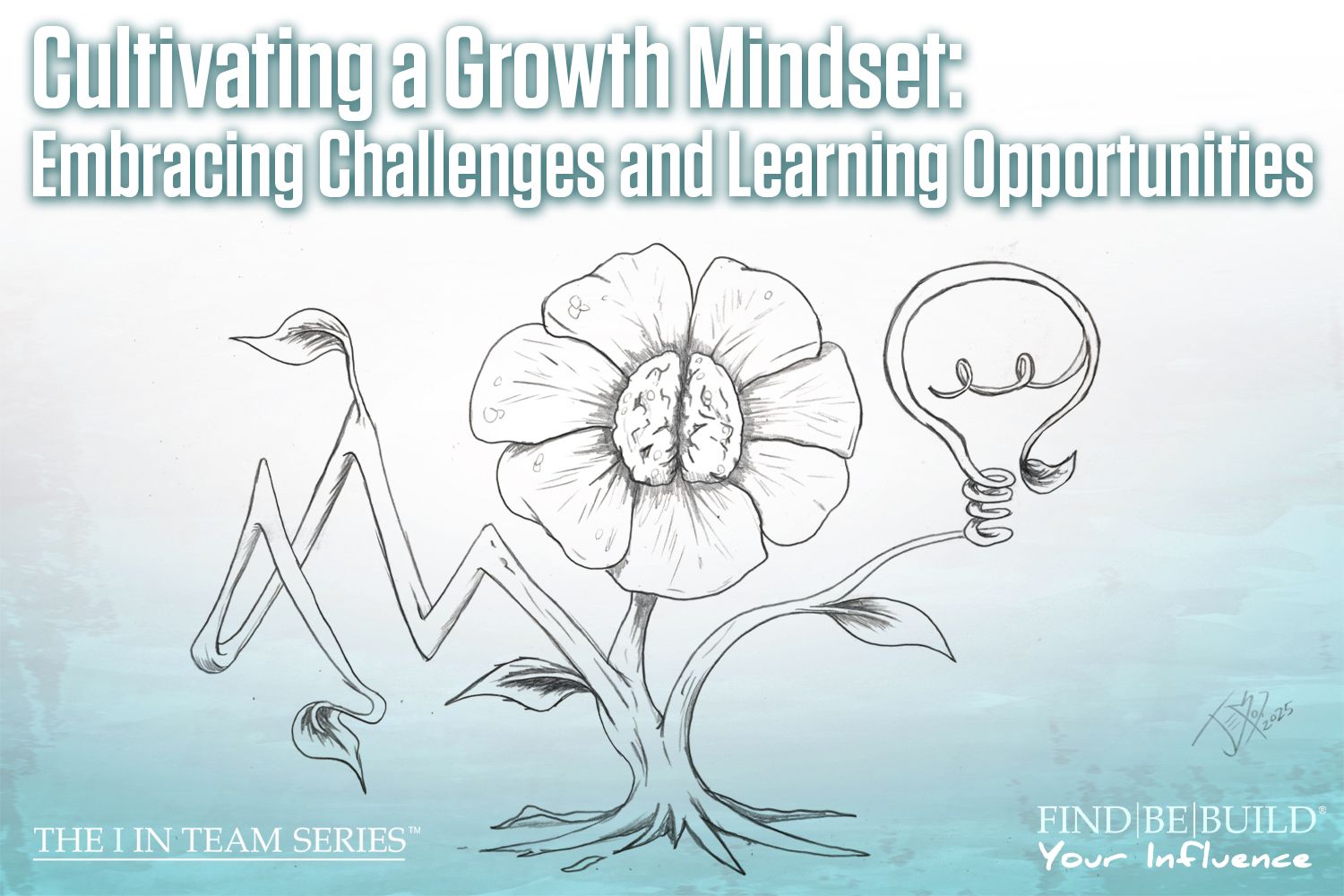
Growth mindset in business consulting
Hello, team! Mary here, continuing our journey through the I in Team series, where we empower you to find, be, and build your influence. Cultivating a growth mindset is imperative for self-actualizing. It’s a theory created by Stanford psychologist Carol Dweck, and it’s the belief that we are intelligent with abilities that will help us face and overcome challenges. People with a growth mindset tend to love learning and are resilient. If you don’t already, you can have a growth mindset, too. Here are some of our top tips for embracing challenges.
Embrace Effort
If you want to grow, you need to understand that effort is the only way to mastery. Your hard work and talent will be rewarded if you remain resilient in the face of challenges and treat them as learning opportunities. When you experience failure, reframe it. Instead of viewing it as something negative, have gratitude toward it for teaching you something new. There is always something to learn from failure, thus allowing you to continue to grow. When you do have a win, pause to celebrate your progress. Acknowledging your small wins and improvements helps reinforce the belief that growth is possible through continual effort.
Embrace Challenges
To grow, you need to be challenged. As stated, you need to fail. Without challenges, you don’t give yourself the opportunity to win or fail, so you deny yourself the ability to learn. Actively seek out challenges that push you outside your comfort zone. The more you embrace challenges, the more accustomed your brain becomes to seeing them as opportunities for growth instead of threats. Over the long-term, this will help you develop mental toughness. When setbacks happen, bounce back and remind yourself that it’s just a temporary obstacle. Resilience will help you continue on your developmental path.
Seek Feedback
Many people shy away from actively seeking feedback, however, feedback is extremely valuable. It helps you gain insights on how to improve and grow. Having a mentor or someone in the field who has experience will be excellent sources for reliable feedback. If you’re nervous, consider first cultivating a sense of curiosity. By exploring new ideas, techniques, and approaches, you prime your mind for actively seeking new information. Doing so will help you discover creative solutions to challenges you will inevitably face.
Surround Yourself with Positive Influence
Our entire platform revolves around positive influence, so, as a brand, we are constantly encouraging you to adopt a growth mindset. But it’s not just us! Anyone who pushes you to do your best and who believes in your developmental potential is someone who is a positive influence in your life. These positive, supportive environments foster a growth mindset. Be sure to challenge your negative self-talk (if you have any). Positive self-talk is being a positive influence on yourself. Use phrases like, “I can do this,” and “This is an opportunity to improve.”
Don’t miss out on our positive influence:
- The Ripple Effect (TEDx Talk by Brian Smith)
- Daily Influence Podcast
- Individual Influence: Find the “I” in Team
- Positive Influence: Be the “I” in Team
- Responsible Influence: Build the “I” in Team
Bottom Line
Developing a growth mindset is the only way to progress as an individual. If you have no practice with this, start slowly by embracing your effort and developing positive self-talk. Look for people in your life who encourage you and ask for feedback from trusted mentors. Don’t shy away from facing challenges, but don’t give up when you experience failure. Look at every moment as an opportunity to learn and be sure to pause to celebrate your victories. You can do this!
